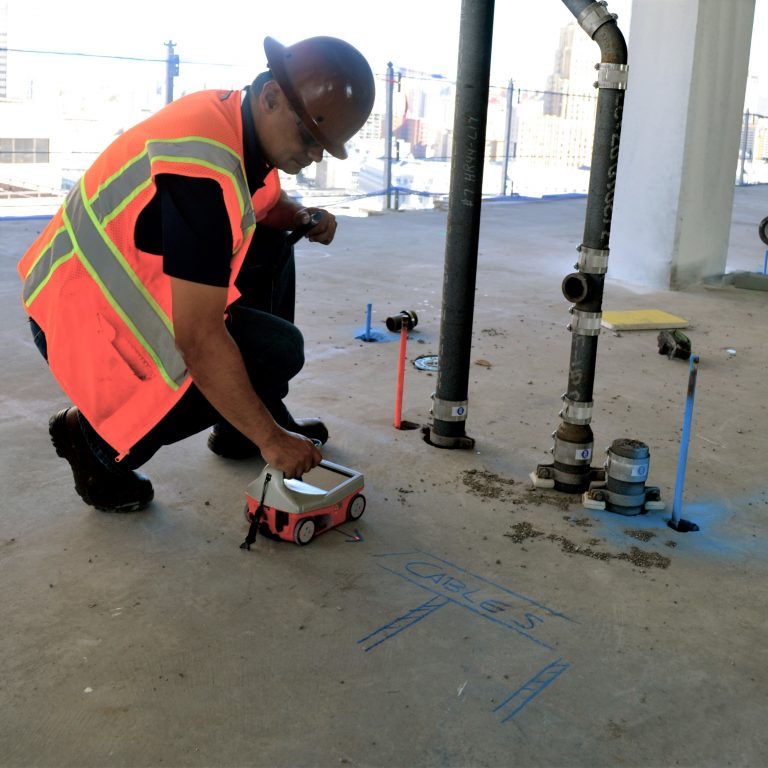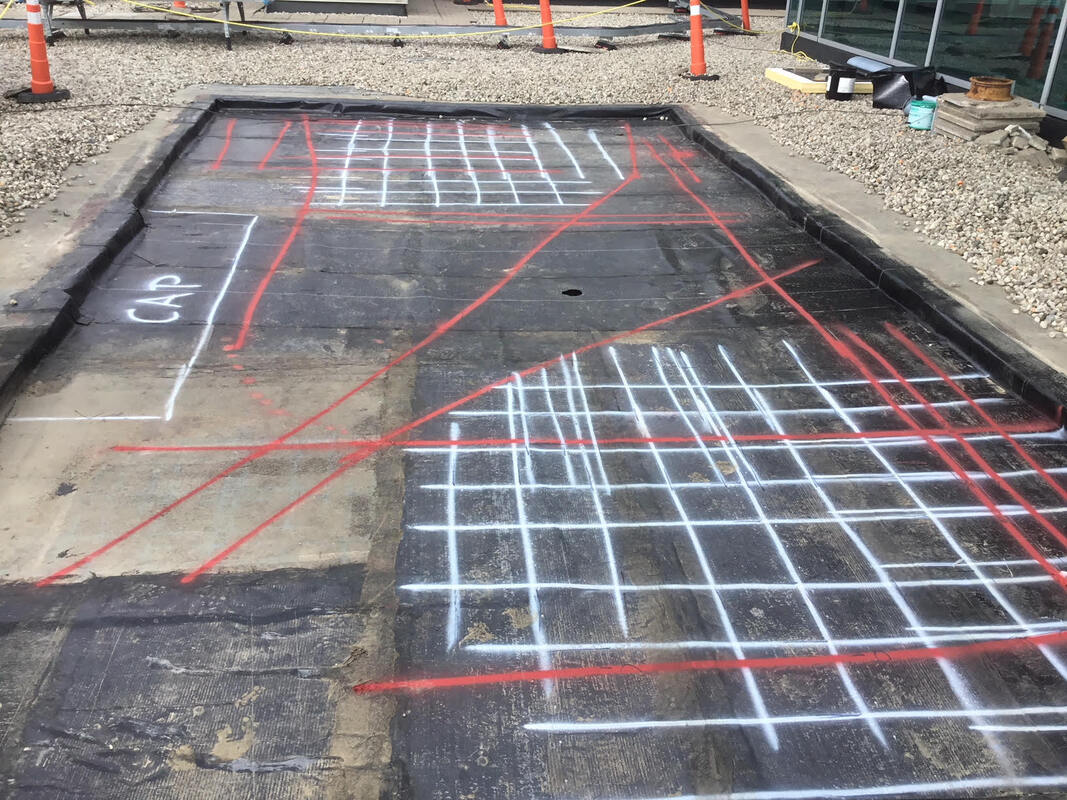Secret Advantages of Using Concrete Scanning Technology
Past the Surface Area: Leveraging Advanced Concrete Scanning Techniques for Unmatched Precision and Insight
In the realm of construction and infrastructure maintenance, the mission for accuracy and thoroughness is incessant. Advanced concrete scanning strategies have actually become crucial devices in this search, supplying a look under the surface area to introduce a globe of vital understandings. By using sophisticated modern technologies, professionals can uncover anomalies, examine the condition of concrete frameworks, and make educated decisions that form the course of projects. The effects of these techniques prolong far past simple surface-level assessments, assuring a deepness of precision and understanding that is exceptional.
Importance of Advanced Concrete Scanning
The importance of using sophisticated concrete scanning methods hinges on the exceptional precision they use for identifying sub-surface anomalies and guaranteeing architectural stability. By utilizing advanced modern technologies such as ground-penetrating radar (GPR), electromagnetic induction, and progressed sonar imaging, construction experts can dive underneath the surface of concrete frameworks with a degree of accuracy that far surpasses typical assessment techniques. Concrete Scanning. These strategies enable the identification of hidden risks like rebar deterioration, voids, avenues, or post-tension cable televisions that could jeopardize the security and safety of a structure over time
Moreover, progressed concrete scanning gives vital insights into the general condition of a concrete aspect without the need for invasive steps, decreasing the threat of causing damages throughout the assessment process. The ability to pinpoint the specific place and deepness of prospective problems permits targeted repair work and upkeep, eventually extending the life-span of the framework and maximizing its efficiency. In essence, the significance of advanced concrete scanning can not be overstated in the realm of building and facilities upkeep, where accuracy and dependability are paramount.
Sorts Of Cutting-Edge Technologies

Anomalies and Problem Detection

In addition to GPR, concrete scanning techniques like thermography and impact-echo screening are likewise efficient in spotting abnormalities and defects. Thermography utilizes infrared technology to determine variants in surface area temperature, showing potential locations of concern Get More Information such as delamination or dampness access. On the various other hand, impact-echo testing involves examining acoustic reactions to identify voids, fractures, and other flaws within the concrete. By leveraging these advanced strategies, specialists can proactively deal with structural concerns, ensuring the long life and safety of concrete structures.
Assessing Concrete Condition
How can designers properly review the condition of concrete structures to guarantee their durability and safety and security? Different sophisticated concrete scanning strategies are used for this function. Ground-penetrating radar (GPR) is generally utilized to assess the interior framework of concrete, finding voids, splits, and various other anomalies that may compromise its toughness.
Furthermore, visual assessment remains an essential component of concrete condition assessment. Designers visually check out the surface for signs of deterioration, such as spalling, breaking, or staining. Incorporating non-destructive screening techniques with aesthetic evaluations permits an extensive assessment of concrete problem, making it possible for engineers to identify prospective issues at an early stage and apply timely maintenance or repair services. By leveraging these advanced methods, engineers can make certain the long-lasting sturdiness and safety and security of concrete structures.
Enhancing Decision-Making Procedures
In the world of facilities management, enhancing decision-making processes is imperative for making sure the efficient maintenance and longevity of concrete structures. Boosted decision-making processes in concrete monitoring include utilizing sophisticated scanning strategies to collect comprehensive information on the condition of frameworks. By leveraging modern technologies such as ground-penetrating radar and 3D imaging, stakeholders can make educated choices concerning substitute, support, or fixing methods.
These advanced scanning methods provide invaluable insights right into the interior structure of concrete, recognizing prospective concerns such as spaces, splits, additional resources or deterioration that might not show up on the surface area. This level of thorough information enables proactive maintenance preparation, lessening the danger of architectural failings and increasing the general life expectancy of concrete structures.
Furthermore, by integrating digital documents and analysis tools right into the decision-making procedure, stakeholders can track the evolution of concrete conditions over time, allowing anticipating maintenance methods and maximizing source appropriation. Ultimately, the assimilation of innovative concrete scanning methods improves decision-making procedures by offering unparalleled precision, insight, and effectiveness in facilities management.
Conclusion
In conclusion, advanced concrete scanning techniques offer exceptional precision and understanding in identifying abnormalities, issues, and evaluating the problem of concrete frameworks. By leveraging cutting-edge innovations, decision-making procedures can be boosted, resulting in even more efficient and educated options for keeping and repairing concrete infrastructure. These strategies play an important role in making certain the safety and security and long life resource of concrete structures, making them an indispensable tool in the area of construction and engineering.
In addition, advanced concrete scanning gives indispensable understandings into the overall problem of a concrete component without the need for intrusive steps, reducing the danger of creating damages throughout the assessment procedure - Concrete Scanning. Another innovative technology is 3D X-ray scanning, which supplies thorough images of the inner structure of concrete, using beneficial details without the need for devastating testing. Furthermore, Concrete Cover Meters are utilized to gauge the thickness of concrete cover over reinforcement bars precisely. Enhanced decision-making procedures in concrete monitoring entail utilizing advanced scanning methods to collect thorough data on the problem of frameworks.In final thought, progressed concrete scanning strategies supply exceptional accuracy and understanding in detecting abnormalities, defects, and evaluating the problem of concrete frameworks